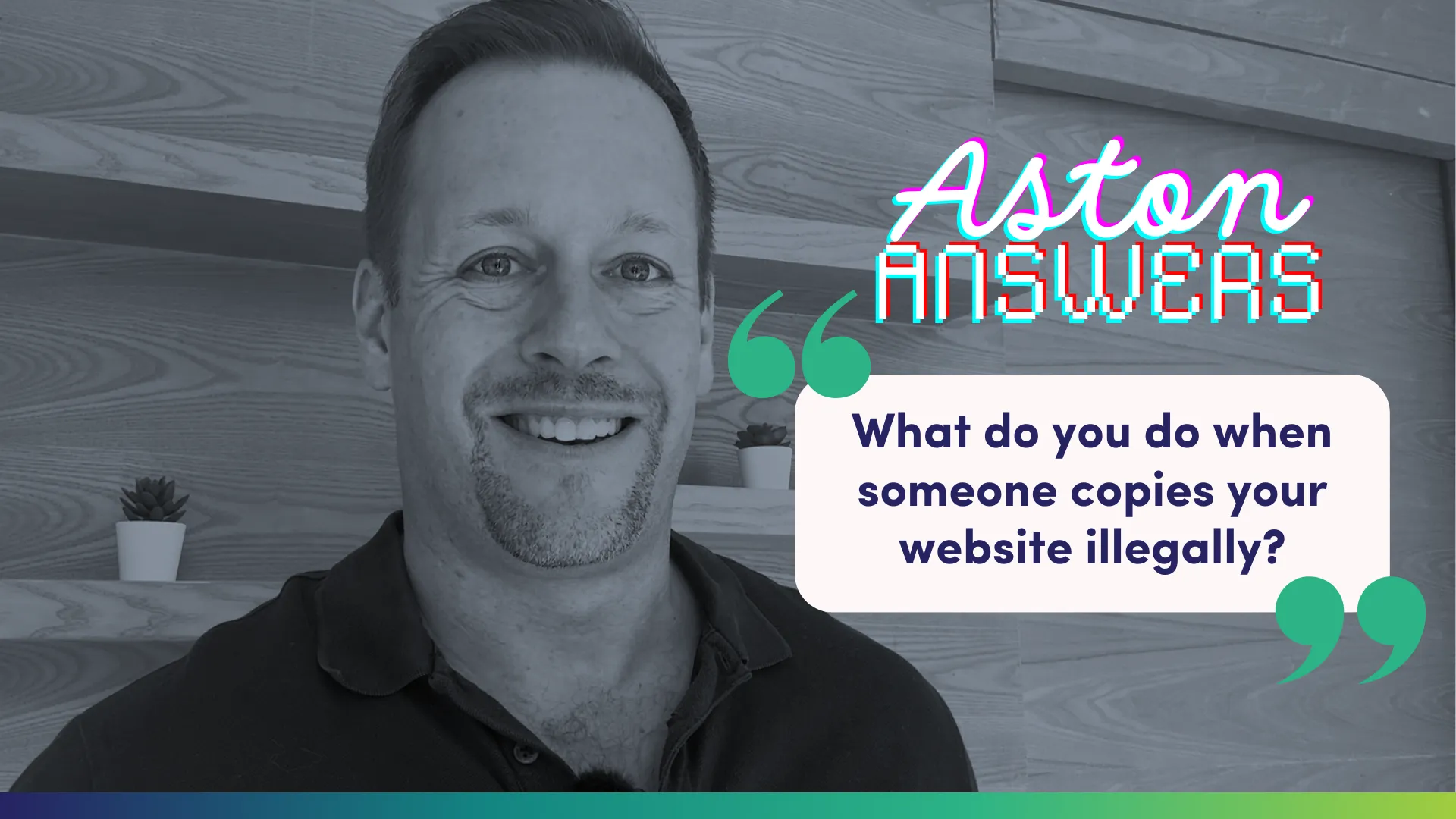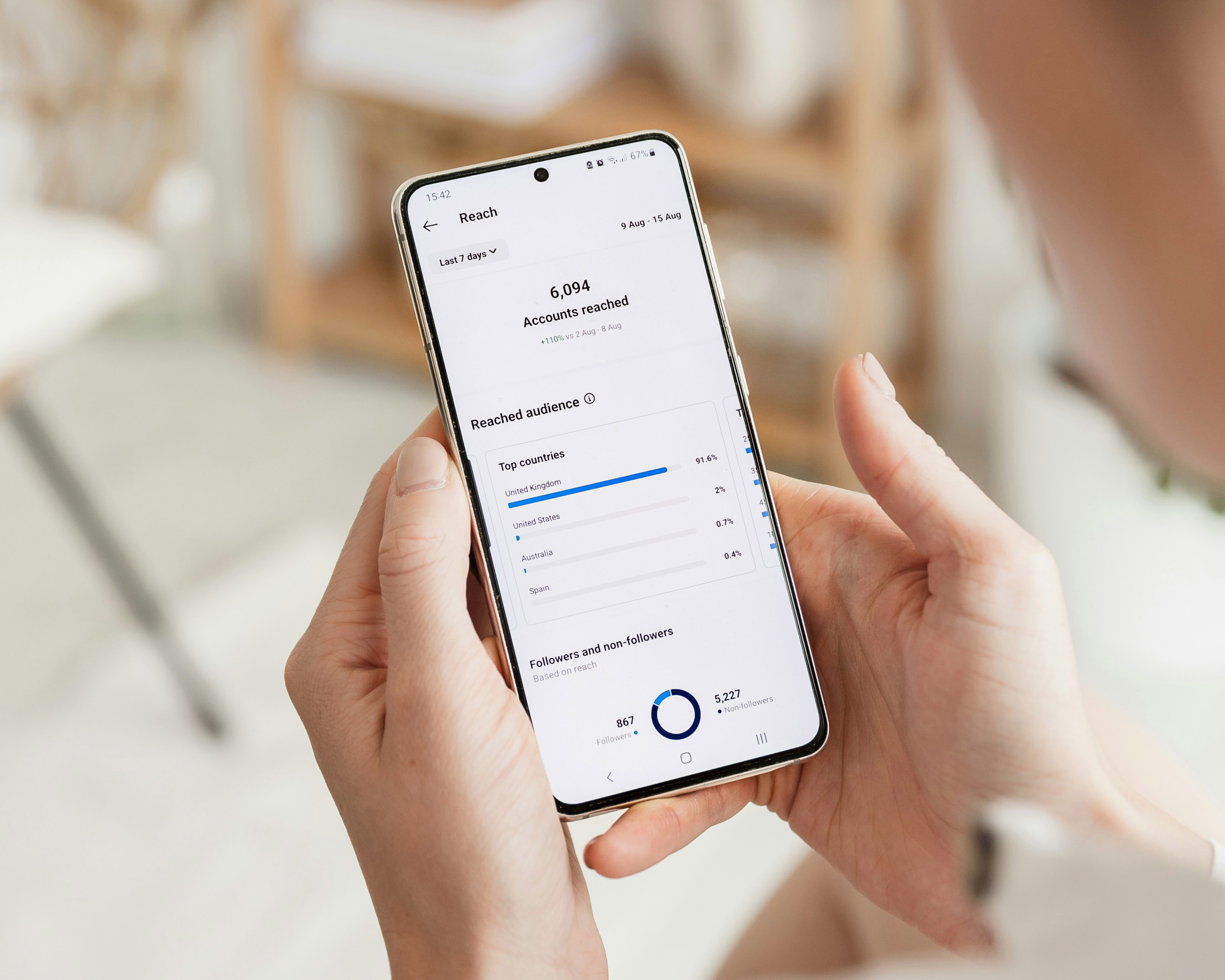If you’ve recently created a paid campaign on Facebook (or Meta as it’s now known), you’ve probably noticed the platform is trying to skew you towards using broad targeting instead of interest targeting.

Historically, we’ve pushed for specific interest targeting because it’s delivered us really positive results for our customers but the tides are starting to turn. In this post-iOS14 world it’s becoming increasingly difficult to reach targeted audiences. It’s now up to our creatives to do the heavy lifting.
What is broad targeting on Facebook?
Broad targeting on Facebook relies on Meta’s delivery system to find the best people to show your ads based on your conversion type, i.e. the people most likely to convert.
It can still include high level targeting such as age range, gender or location and then uses machine learning to find the right people based on their online behaviours.

Why Facebook/Meta recommends broad targeting for your business
1. More opportunities to find your customers
The bigger your audience, the more opportunities there are to position your ad in front of the right people. Even if your audience ends up being too broad, Meta will automatically optimise your targeting to reach the most relevant customers possible.
2. Better Audience Insights
Audience Insights and Meta Ads Reporting provides information about the people who interact with your ads, which you can use to optimise ad creative.
For best results, turn on Advantage detailed targeting to let Meta show your ad to additional people, so you can get better performance at a lower cost.
What are the downfalls of broad targeting?
Reaching a wider audience means there’ll be a number of people who simply aren’t interested in your brand or content which can burn your ad budget. Broad targeting is like a big fishing net. You’re not guaranteed to catch a fish, but it does increase your chances.
How to get the most out of broad targeting on Facebook/Meta
If broad targeting is still making you feel a little nervous – don’t worry, we were too – follow these steps so you can be sure you’re getting the best value out of it. Don’t forget – if your audience ends up being really broad, Meta will automatically optimise your ads to reach the most relevant people. It won’t just show to every Tom, Dick or Harry.
1. The bigger, the better
The bigger your audience pool, the better Meta’s delivery system will work because there are more chances to reach the right people. Remember the fishing net?
2. Stick to demographic targeting
Use age, gender and location targeting only, and avoid any interest targeting unless you feel that it’s absolutely necessary. These parameters will help you reach the most people without being too specific.
3. Use Advantage Detailed Targeting
If you’re tempted by interest targeting, turn on the Advantage Detailed Targeting option. This allows Meta to show your ad to similar people beyond your initial targeting, potentially lowering your costs.
4. Combine similar Ad Sets
Avoid overlapping your audiences with similar Ad Sets and combine them into one big Ad Set. This will make sure people don’t see the same ad twice and waste your budget.
5. Let your creatives do the targeting for you
Targeting a wider audience means your creatives have never been more important – and it was already super important! Test different hooks, angles, images, colours and landing pages to find the right formula that will drive results.
Is broad targeting really the right option for my brand?
Unless you have very specialist niches or brands with persona-based ads, broad targeting is the way to go.
Looking for assistance with your next social media advertising campaign? Find out how Aston Digital can help you reach your audience fast with clever creatives.

When it comes to protecting your intellectual property (IP), it’s essential to understand the distinctions between copyright and trade marks, as each serves a unique purpose in safeguarding your creative and business assets.

If you’ve been following our tips to improve your website and social media accessibility, you will have seen us harp on about the importance of image alt [...]

Developing an inclusive website accessible to people with diverse abilities is not only best practice, but pivotal to user experience (UX). With 1-in-6 Australians living with a [...]

Did you know that after approximately 4 exposures to your ad, your conversions can drop by almost half? As Meta increasingly emphasises broad targeting, the effectiveness of [...]

This year has been challenging for both businesses and consumers, with rising cost-of-living pressures leading to shifts in retail habits. During these quieter times, it’s crucial to [...]

When it comes to protecting your intellectual property (IP), it’s essential to understand the distinctions between copyright and trade marks, as each serves a unique purpose in safeguarding your creative and business assets.

If you’ve recently created a paid campaign on Facebook (or Meta as it’s now known), you’ve probably noticed the platform is trying to skew you towards using [...]

The results from our Audience Intelligence Reports for Q2 have incited some interesting conversations amongst our team. For those of you who don’t know, our quarterly Audience [...]

If you’ve been following our tips to improve your website and social media accessibility, you will have seen us harp on about the importance of image alt [...]

Developing an inclusive website accessible to people with diverse abilities is not only best practice, but pivotal to user experience (UX). With 1-in-6 Australians living with a [...]

Blue brands cater to a diverse group of audiences from different backgrounds and levels of ability. For example, government agencies will often promote services, campaigns and ideas [...]

Low engagement on social media and broader digital channels has become an ongoing challenge for blue brands. While it’s easy to blame factors like algorithm changes, you [...]

One of the most common questions we hear from our clients, especially the B2C ones is, “How can we increase our engagement rate on Instagram?”. Instagram, in [...]

